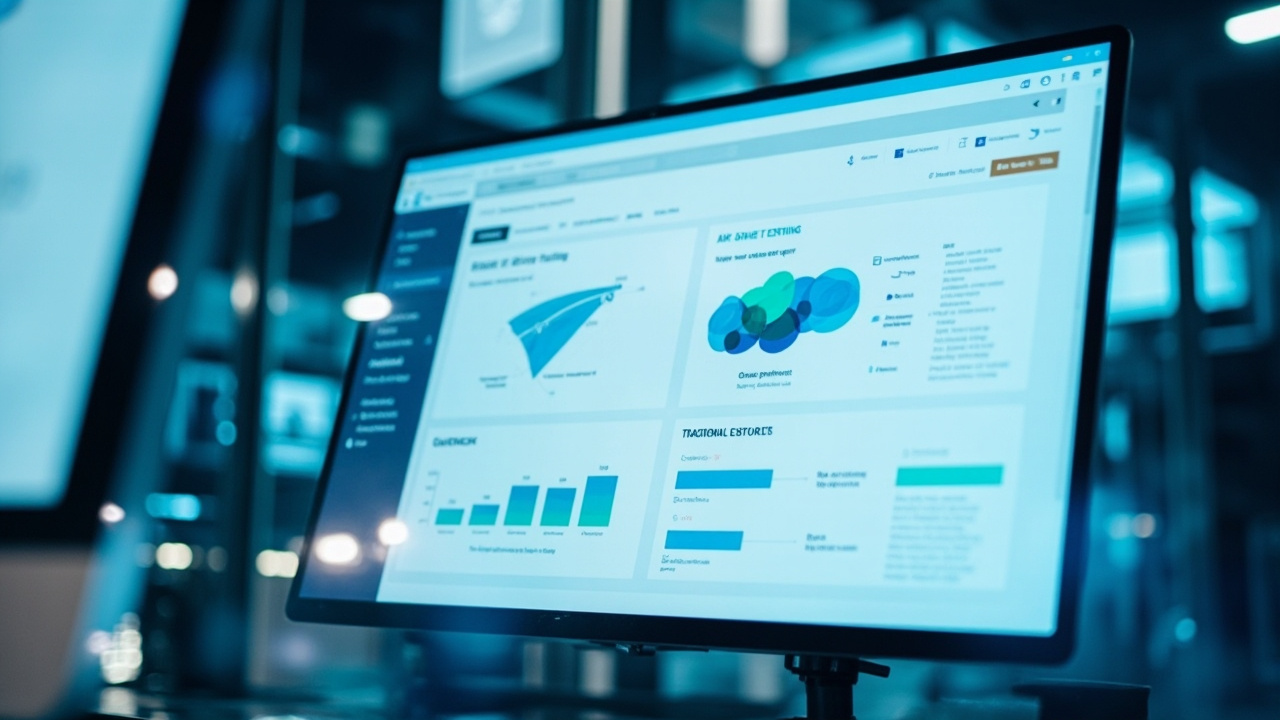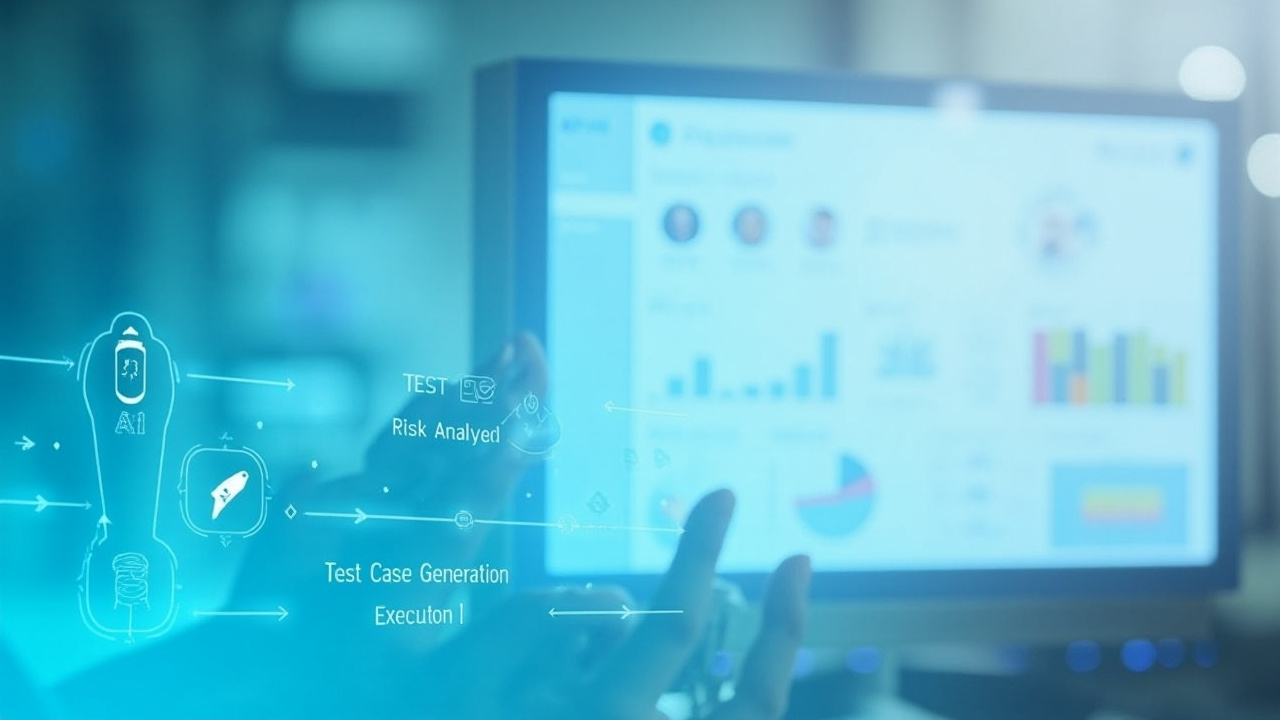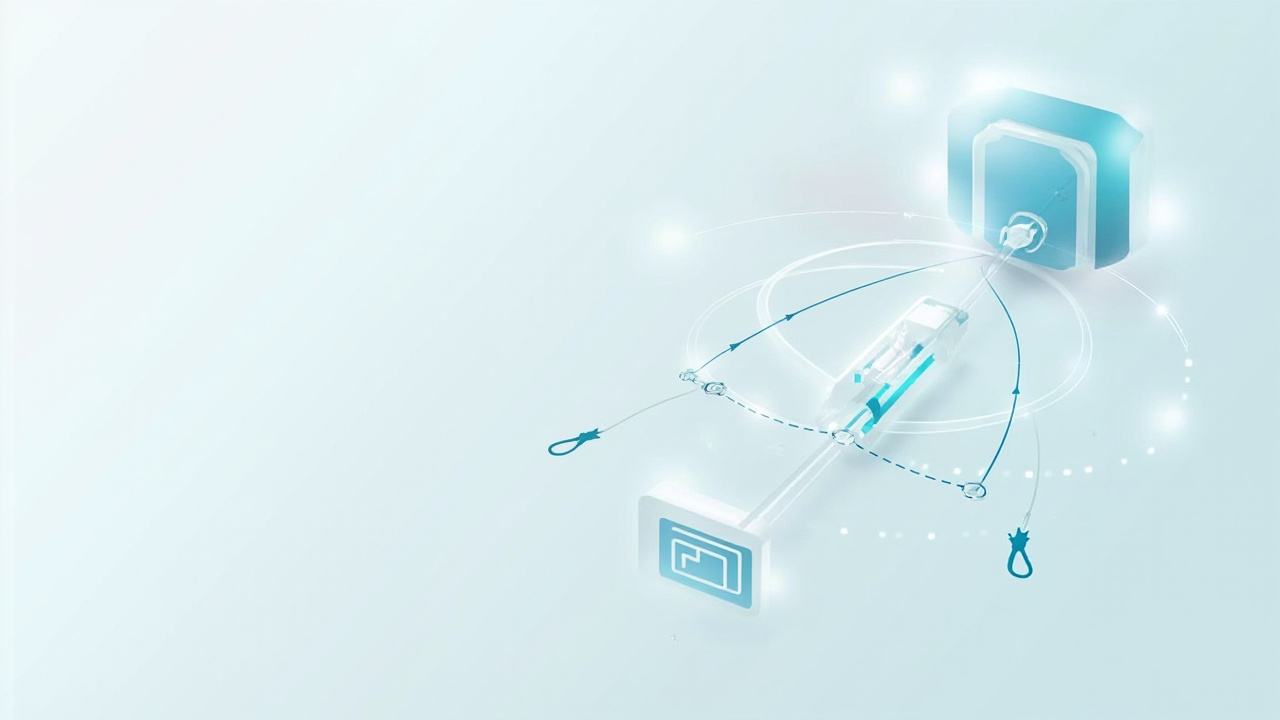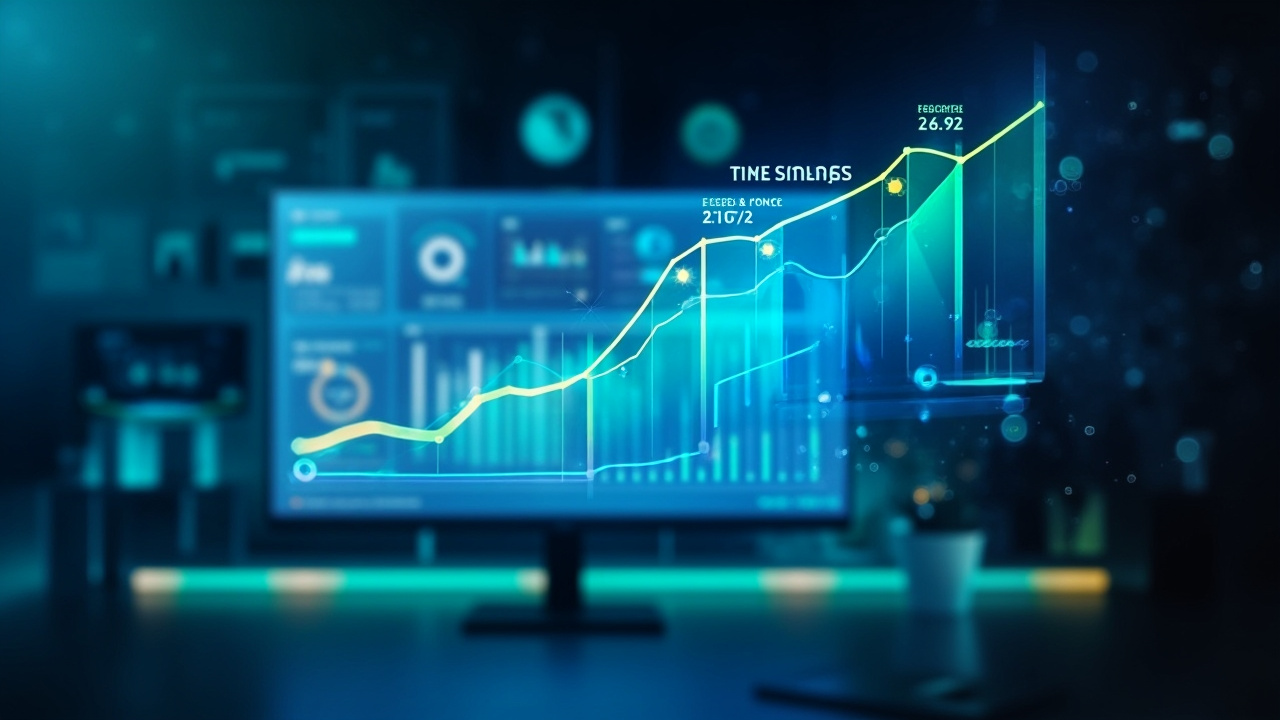In today’s rapidly evolving technological landscape, the demand for robust, reliable, and high-quality software has never been more critical. As the complexity of software applications continues to increase, traditional testing methods struggle to keep pace. This is where Artificial Intelligence (AI) comes into play, offering innovative solutions that revolutionize the way we approach software testing. In this blog post, we will delve deep into the transformative power of AI in software testing, exploring various aspects of this technology and how it can enhance efficiency, accuracy, and speed in the quality assurance process.
The Changing Landscape of Software Testing

The software industry is undergoing a paradigm shift driven by the need for faster, more efficient development cycles. Traditional testing methods, which heavily rely on manual processes, are becoming less feasible as software complexity grows. Why is this change necessary? The answer lies in the need for speed, accuracy, and adaptability.
The Limitations of Traditional Methods
Manual testing, once the backbone of quality assurance, is labor-intensive and prone to human error. As software systems become more complex, the number of test cases required to ensure comprehensive coverage increases exponentially. This not only leads to longer testing times but also to higher costs. For instance, a study by the National Institute of Standards and Technology found that software bugs cost the U.S. economy an estimated $59.5 billion annually, with over half of these costs attributed to faulty testing practices.
Furthermore, manual testing often struggles with scalability. As applications grow, so does the need for more extensive and varied test cases, which can overwhelm testing teams. This bottleneck often results in delayed releases and increased pressure on developers to fix bugs post-launch. In contrast, automated testing can handle larger volumes of test cases more efficiently but still struggles with maintenance and adaptability.
“The future of software testing is not just about finding defects but preventing them.”
The Rise of Automated Testing
Automated testing has emerged as a solution to some of these challenges, offering speed and repeatability. However, it still requires significant manual input in terms of creating and maintaining test scripts. This is where AI steps in, augmenting automated testing with intelligence and adaptability. AI-driven tools can analyze software changes and automatically update test scripts, reducing the time and effort required for script maintenance.
Consider the example of GenQE, a platform that leverages AI to automate the creation and maintenance of test cases. By analyzing historical test data and user behavior, GenQE generates automated test scripts that adapt to application changes, minimizing the risk of broken tests due to UI changes. This capability not only reduces the time spent on test maintenance but also enhances test accuracy and coverage.
How AI is Revolutionizing Software Testing

AI’s integration into software testing processes marks a significant leap forward. But how exactly does it transform the testing landscape? Let’s explore the key areas where AI is making a difference.
AI-Driven Test Case Generation
One of the most time-consuming aspects of testing is the creation of test cases. AI can automate this process by analyzing software requirements and user behavior to generate comprehensive test cases with minimal human intervention. This not only speeds up the testing process but also ensures greater coverage. According to a report by Deloitte, AI-driven test generation can reduce the time spent on test case creation by up to 80%, allowing teams to focus on more strategic tasks.
Example: Companies using AI-based tools like GenQE report a decrease in manual test case design time by up to 70%. This is achieved by utilizing AI algorithms to analyze user interactions and code changes, generating relevant test cases that ensure critical paths are thoroughly tested.
Intelligent Test Execution
AI enables smarter test execution by prioritizing tests based on risk analysis. This means that the most critical areas of an application are tested first, reducing the risk of high-impact defects slipping through. GenQE, for instance, employs AI to intelligently prioritize and execute test cases, optimizing testing efforts and focusing on high-impact areas. This risk-based testing approach ensures that resources are allocated efficiently, maximizing test coverage where it matters most.
“AI doesn’t just test software; it anticipates problems before they occur.”
This proactive approach significantly reduces the likelihood of defects reaching production, thereby improving overall software quality and user satisfaction. Furthermore, AI-driven test execution can adapt to changing project priorities and deadlines, ensuring that testing remains aligned with development goals.
Enhancing Test Automation with AI

While automation is not new to software testing, AI enhances it by adding layers of intelligence that traditional automation lacks. This section explores how AI augments the automation process.
Self-Healing Test Automation
A common challenge in automated testing is the maintenance of test scripts, which often break when UI elements change. AI can address this with self-healing capabilities, automatically adjusting test scripts to accommodate changes, thereby reducing downtime and maintenance efforts. A study by Capgemini revealed that self-healing test scripts could reduce maintenance efforts by up to 60%, freeing up valuable resources for other development tasks.
Example: With AI-enabled self-healing automation, companies can reduce test maintenance time by 50%. This is particularly beneficial for agile teams that operate in fast-paced environments where UI changes are frequent. By minimizing the need for manual script updates, companies can maintain high testing velocity without compromising quality.
Comprehensive Test Coverage Across Platforms
AI can ensure extensive test coverage across various platforms, including web, mobile, APIs, and cloud environments. This adaptability is crucial for modern applications that need to function seamlessly across different devices and operating systems. By leveraging AI, testing teams can achieve a higher degree of test coverage, ensuring that no critical path is left untested.
“Comprehensive coverage is not just about quantity; it’s about quality and relevance.”
Consider a multinational organization that needs to ensure consistent application performance across multiple regions and languages. AI-driven testing tools can automatically generate and execute localized test cases, ensuring that the application meets regional requirements and standards.
AI-Powered Defect Detection and Prevention

Detecting and preventing defects early in the development cycle is crucial for maintaining software quality. AI plays a pivotal role in this area by leveraging machine learning to identify patterns and anomalies in test results.
Machine Learning for Defect Detection
AI’s machine learning capabilities allow it to detect defects that might be missed by traditional testing methods. By analyzing historical data and patterns, AI can predict potential defects and address them proactively. This predictive capability is particularly valuable in complex systems where traditional testing might overlook subtle issues that could lead to significant problems.
Case Study: A leading tech company implemented AI-powered defect detection and reduced production defects by 40%. By analyzing historical defect data and identifying patterns, the AI system was able to predict areas of the codebase that were likely to produce defects, allowing the team to focus their efforts on these high-risk areas.
Proactive Quality Assurance
AI enables a shift from reactive to proactive quality assurance. Instead of merely finding defects, AI anticipates them, allowing teams to address issues before they impact end-users. This proactive approach not only improves software quality but also enhances user satisfaction by reducing the number of defects that reach production.
“AI transforms defect detection from a reactive process to a proactive strategy.”
This shift is made possible by AI’s ability to continuously learn and adapt to new data, ensuring that testing strategies remain relevant and effective as software evolves. By integrating AI-driven defect detection into the development process, organizations can achieve a higher level of quality assurance and deliver more reliable software products.
Integrating AI with DevOps and CI/CD Pipelines

The integration of AI into DevOps and CI/CD pipelines is a game-changer for software development, enabling seamless collaboration and faster release cycles.
Seamless Integration with Development Pipelines
AI tools like GenQE integrate smoothly with popular CI/CD tools such as Jenkins, GitHub Actions, and Azure DevOps. This ensures that testing is not a bottleneck but a continuous part of the development pipeline, enhancing agility and speed. By automating testing within the CI/CD pipeline, organizations can ensure that every code change is thoroughly tested before it is merged, reducing the risk of defects slipping through.
Insight: Organizations that integrate AI with CI/CD report a 30% increase in deployment frequency. This increase is attributed to the reduced time required for manual testing and the improved reliability of automated tests. By ensuring that testing is a seamless part of the development process, organizations can achieve faster release cycles and deliver value to customers more quickly.
Enhancing Collaboration and Feedback Loops
AI improves collaboration by providing detailed insights and analytics that teams can use to make informed decisions. This fosters a culture of continuous improvement and faster feedback loops, essential for agile development. By providing real-time insights into test results and defect trends, AI enables teams to quickly identify and address issues, ensuring that feedback loops remain tight and effective.
“In the world of DevOps, AI is the catalyst for seamless integration and faster iterations.”
AI-driven analytics can also help teams prioritize their efforts by identifying high-impact areas that require immediate attention. This ensures that resources are allocated efficiently, maximizing the impact of testing efforts.
The Business Impact of AI in Software Testing

Beyond technical improvements, AI in software testing offers significant business benefits, including faster time to market, cost savings, and improved quality.
Accelerating Time to Market
By automating repetitive tasks and enhancing testing efficiency, AI significantly reduces the time required to bring a product to market. This acceleration is vital in today’s competitive landscape. A report by McKinsey found that companies leveraging AI in their testing processes experienced a 20% reduction in time to market, enabling them to deliver new features and updates to customers more quickly.
Example: Companies using AI-driven testing solutions report a 25% reduction in time to market. This is achieved by streamlining the testing process and reducing the time spent on manual testing tasks. By accelerating the testing phase, organizations can shorten their development cycles and respond more rapidly to market demands.
Cost Efficiency and ROI
AI reduces costs by minimizing manual efforts and detecting defects early, which can prevent costly post-release fixes. The return on investment (ROI) is realized through faster releases and improved product quality. According to a study by Forrester, organizations that implemented AI-driven testing solutions saw a 15% reduction in overall testing costs, with significant savings realized through reduced defect remediation efforts.
“AI in testing is not just a cost; it’s an investment in quality and speed.”
By improving test coverage and accuracy, AI-driven testing solutions also help organizations deliver higher-quality products, reducing the risk of costly recalls or customer dissatisfaction. This focus on quality not only enhances customer satisfaction but also strengthens brand reputation and loyalty.
The Future Outlook: AI as a Cornerstone of Quality Engineering

As we look to the future, AI’s role in software testing will only grow. Its ability to adapt, learn, and improve makes it an indispensable tool for quality engineering.
The Evolving Role of Testers
AI will not replace testers but will augment their capabilities, allowing them to focus on more strategic tasks. Testers will evolve into quality engineers, leveraging AI to enhance software quality. This shift will require a new set of skills, including a deep understanding of AI technologies and the ability to interpret AI-driven insights.
Vision: The future of software testing is a collaboration between human expertise and AI intelligence. By combining the analytical capabilities of AI with the creativity and intuition of human testers, organizations can achieve a higher level of quality assurance and deliver more innovative products.
Embracing AI for Continuous Improvement
Organizations that embrace AI in their testing processes will be better positioned to adapt to changing demands and deliver high-quality software at speed. By continuously learning from test results and user feedback, AI can help organizations identify areas for improvement and optimize their testing strategies over time.
“AI is not just a tool; it’s a partner in the journey towards quality excellence.”
This continuous improvement mindset will be essential for organizations looking to stay competitive in an increasingly fast-paced market. By leveraging AI to drive innovation and efficiency, organizations can position themselves as leaders in quality engineering and deliver exceptional value to their customers.
In conclusion, the integration of AI into software testing is not just a trend but a necessity. As software applications become more complex, the need for intelligent, efficient, and adaptive testing solutions will continue to grow. Tools like GenQE offer innovative solutions to these challenges, providing a glimpse into the future of software quality engineering. By embracing AI, organizations can accelerate development cycles, improve software quality, and ultimately deliver better products to their users. As we move forward, AI will undoubtedly become a cornerstone of quality assurance, transforming the way we approach software testing and setting new standards for excellence.
Are you ready to explore the potential of AI-powered testing tools? Discover how solutions like GenQE can enhance your software quality processes and prepare your organization for the future of quality engineering.
Discover More Innovative Solutions
Want to learn more about the tools and technologies discussed in this article? Explore how these innovations can be tailored to your specific needs and workflow requirements.
Our team of experts is available to answer your questions and provide personalized insights into how modern solutions like GenQE can address your specific challenges.
If the link above does not work, please visit: https://calendly.com/dm-csimplifyit/30min?month=2025-05